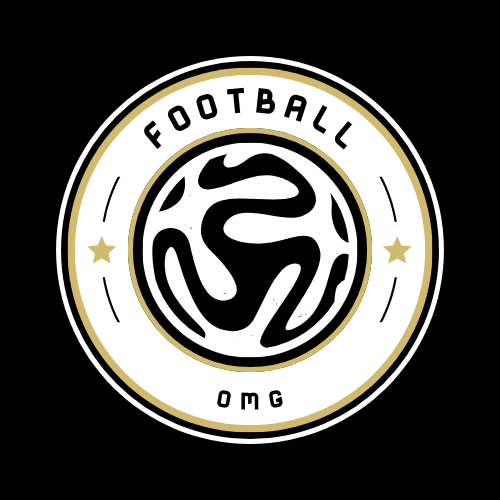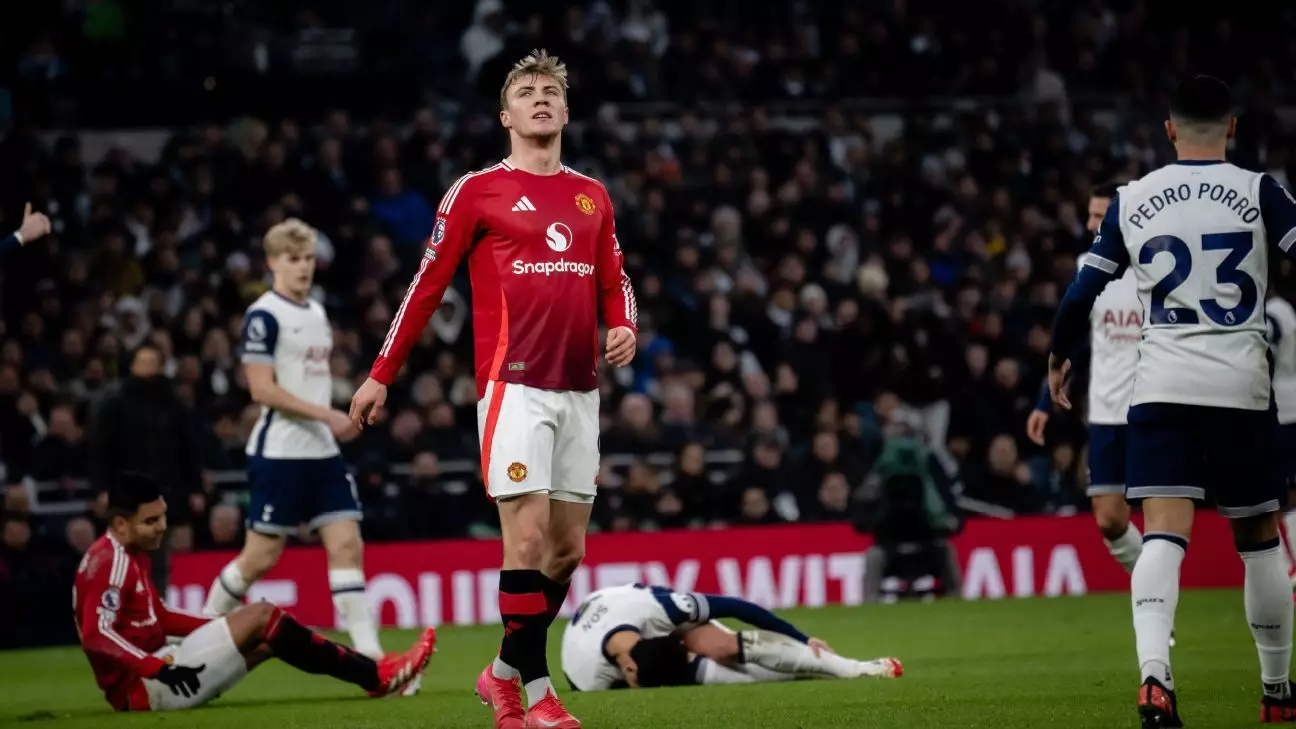The challenge of scoring goals in football cannot be understated; it is often the defining factor in a team’s success. At Manchester United, a club known for its attacking legacy, the current crop of players seems to be struggling, particularly when it comes to their central striker, Rasmus Højlund. While football’s age-old adage—”if you don’t shoot, you don’t score”—rings true, a detailed examination reveals that Højlund’s shooting metrics raise significant concerns. This article aims to dissect why this young forward’s performance could be detrimental to Manchester United’s attacking prowess.
The Statistics Speak Volumes
When evaluating Højlund’s productivity, consider this shocking statistic: among 139 players in the Premier League, there are actually 101 footballers who have not only played as many minutes as Højlund but have also recorded a higher number of shots per 90 minutes. In total, 187 outfield players have logged a minimum of 1,200 minutes this season, and the fact that more than half have outshot him is alarming. This list does not only include strikers; it comprises defenders and midfielders who are typically less involved in attacking phases.
Taking a closer look at his shots-per-90 statistic, Højlund averages a mere 1.20. With Manchester United having managed only 28 goals—making them one of the lowest-scoring teams in the league—this figure seems to epitomize a significant issue. In contrast, some forwards in the league have impressive averages: Erling Haaland (3.82), Ollie Watkins (3.26), and even Kai Havertz (2.54) all generate a significantly higher number of attempts. Are they simply more aggressive or natural goal-scorers, or are there underlying issues within the team structure?
The managerial approach and tactical formation play an essential role in any player’s performance, especially when it comes to a center forward. Rasmus Højlund currently finds himself in a 3-4-2-1 system under coach Ruben Amorim, a setup that can sometimes limit a striker’s opportunities. However, examining Amorim’s previous tenure at Sporting CP introduces a contrasting narrative. Under Amorim, Viktor Gyökeres consistently delivered high shot counts, averaging 4.59 attempts per 90 minutes this season alone.
This discrepancy raises questions about whether Højlund’s performance stems from a lack of suitable attacking tactics. Is it possible that Amorim’s strategic approach, which evidently benefited other forwards, simply não suit Højlund’s play style? Furthermore, while Joshua Zirkzee has had a less than stellar season, he still manages to take significantly more shots than Højlund, suggesting there could be other factors affecting Højlund’s involvement.
This raises the all-important question: Is Rasmus Højlund the problem? While it is tempting to place the blame entirely on the young player, one must consider the broader context. Højlund’s performance remains subpar not only under Amorim but also was below par while under Erik ten Hag and during his previous club in Austria, where he averaged 2.10 shots per 90 minutes—still an unsatisfactory number for a primary striker.
The potential for improvement exists, as Højlund is only 22 years old, and history suggests that many players develop their instincts and confidence over time. That said, one cannot ignore the pressing question: does he possess the underlying confidence required to engage in goal-scoring situations?
Addressing the Underlying Issues
Factors that could be inhibiting Højlund’s shot tally are multifaceted. A lack of service from teammates—and specifically from midfielders like Bruno Fernandes—could inhibit a forward’s ability to capitalize on chances. Furthermore, there may be tactical hesitations within the team, restricting Højlund from getting into high-quality shooting positions. The combined analysis indicates that Højlund’s shooting frequency is not merely a reflection of his ability but rather a symptom of a much broader issue within the team dynamics.
The responsibility now lies with Højlund to improve his involvement in the attacking phases, along with Amorim’s duty to recalibrate United’s final third operations. If we fail to see an increase in Højlund’s attempts—and consequently his goals—Manchester United may face a pivotal decision regarding his future at the club. The stakes are high, and immediate action will be necessary if United are serious about reclaiming their status as an elite scoring side.

